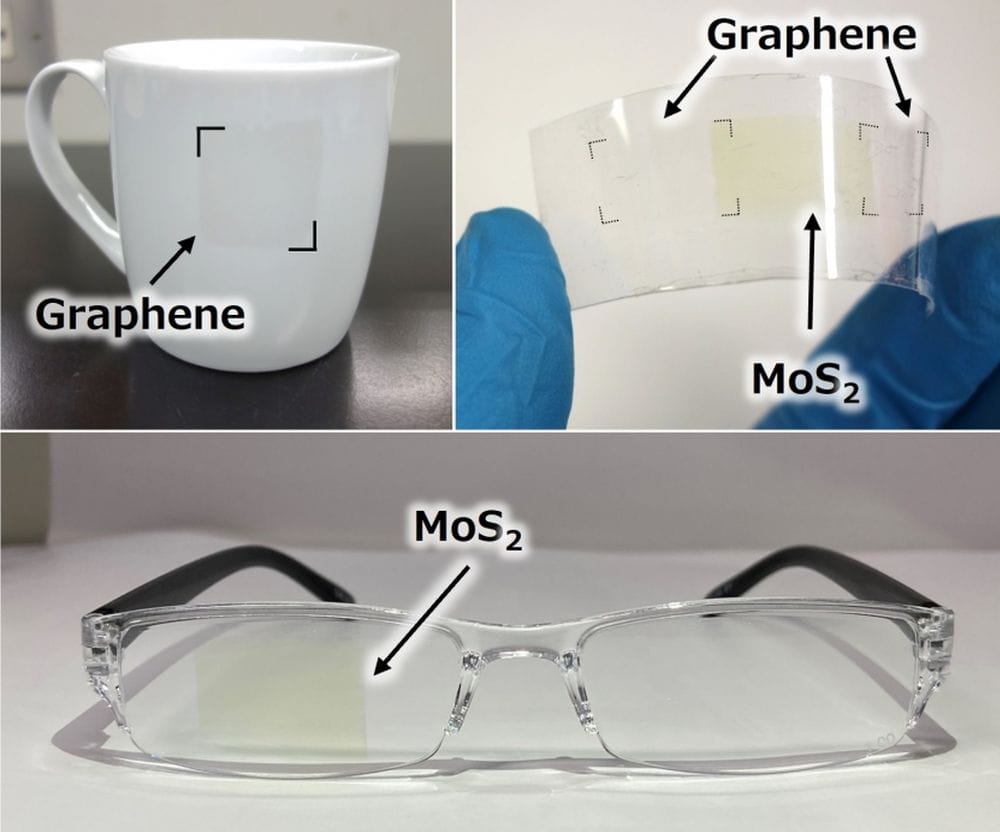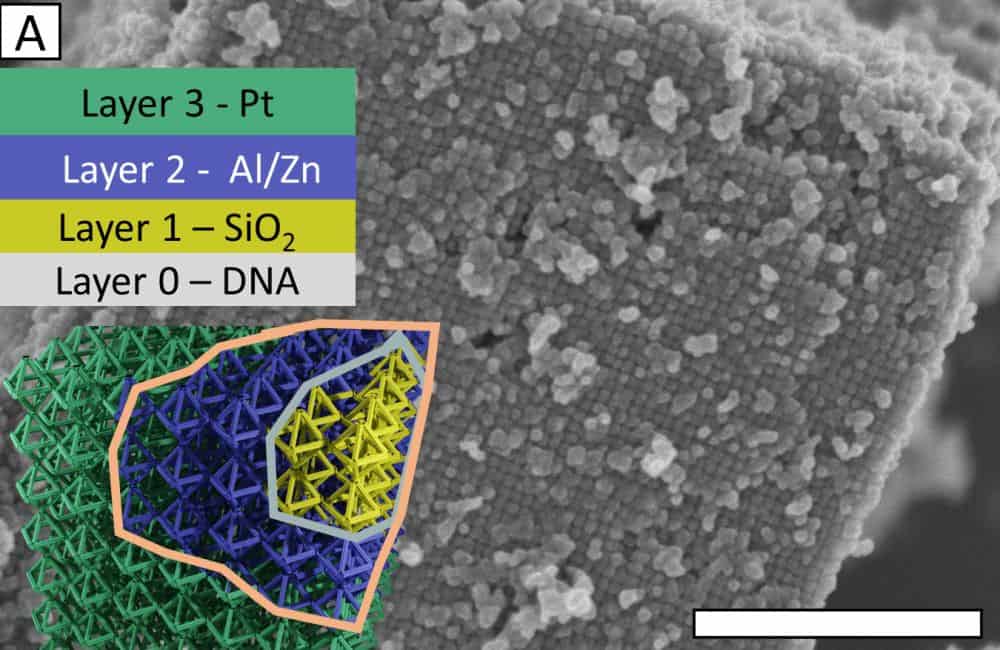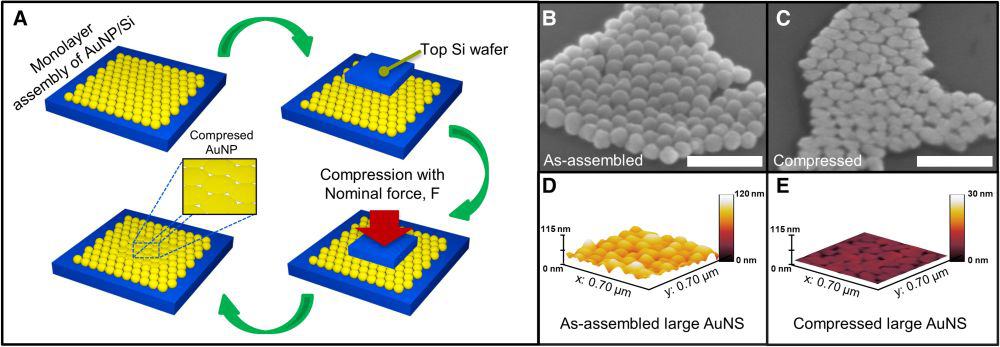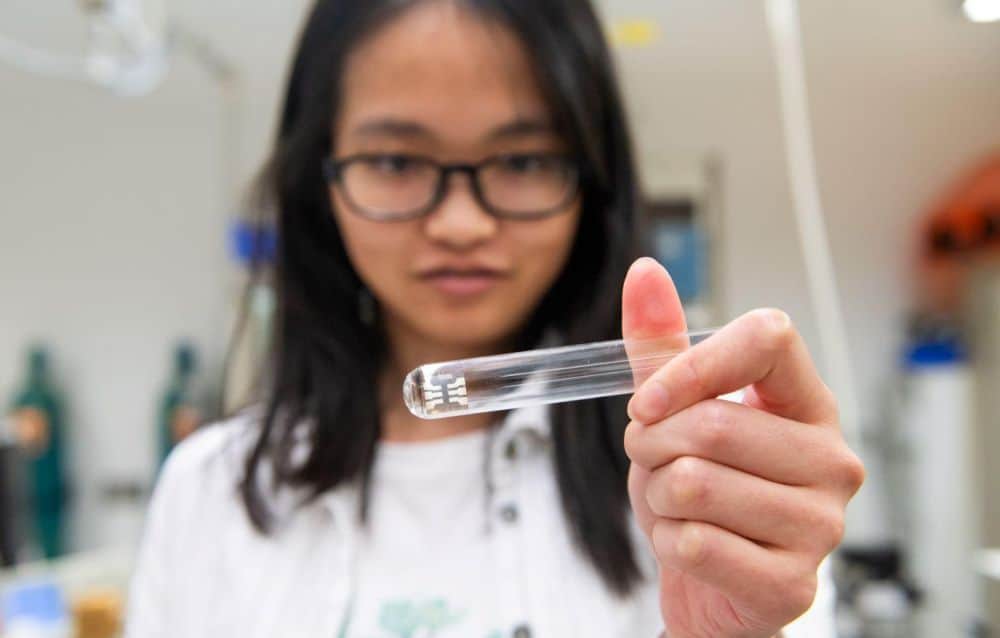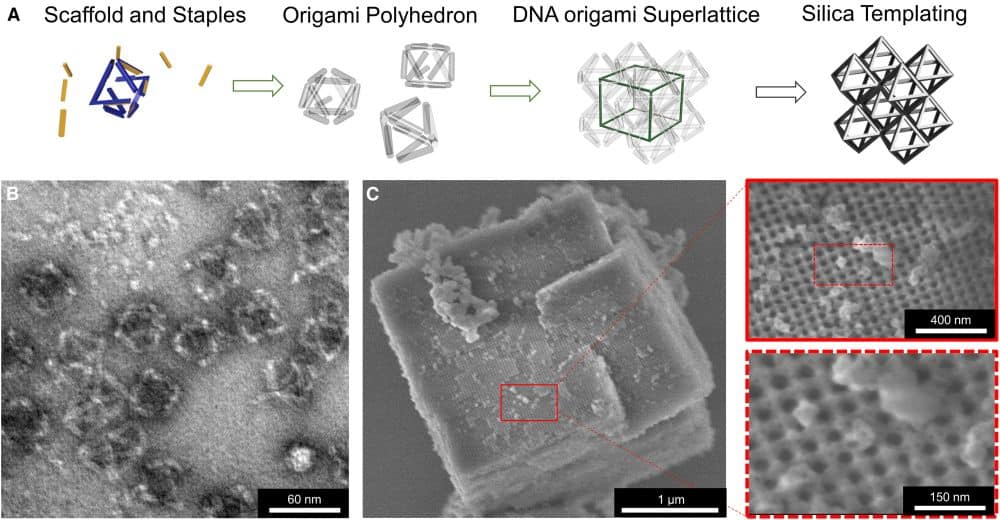As nanomaterials become more commonly used in industry, their potential impacts on human health need to be properly assessed. Researchers led by the Universities of Edinburgh and Manchester in the United Kingdom conducted the first-in-human clinical trial on inhaled graphene oxide nanosheets.
Read MoreResearchers in Japan showed that adhesive tape, though not the answer to mass graphene production, may be an ideal solution for mass transfer of 2D materials.
Read MoreIn July 2023, researchers announced the creation of high-strength, lightweight glass nanolattices by coating DNA origami scaffolds with silica. Their new open-access paper, published in January 2024, describes the functionalization of these glass-coated scaffolds by infiltrating the nanolattice with metal and metal oxide particles.
Read MoreEnsuring quality of nanomaterials can be difficult when producing in bulk. Rice University researchers developed a new wet-thermal etching method that can result in mass yields of up to 29% purified boron nitride nanotubes.
Read MoreAgriculture and livestock management has relied largely on antimicrobial drugs to combat plant diseases, but this overreliance contributes to the growing problem of antimicrobial resistance. Silver-based nanoparticles could serve as an alternative method to protect plants from pathogens, as discussed in a recent review paper.
Read MoreTheoretical studies have predicted that 2D silicon carbide in a stable honeycomb structure is possible, but experimentally achieving this material has proven difficult. Two recent papers successfully synthesized monolayer silicon carbide using top-down and bottom-up synthesis methods, respectively.
Read MoreTwo-dimensional thin films are often fabricated using bottom-up solution-based techniques, such as electrochemical deposition and atomic layer deposition. Now researchers have reported a top-down, solid-state method based on the age-old Egyptian craft of goldbeating that they say is generalizable to various metallic, polymeric, or ceramic nanoparticles.
Read MoreQuantum dots are emerging as a cost-effective materials system for both emitting and detecting mid-infrared light. Philippe Guyot-Sionnest’s group at the University of Chicago is working on developing this technology, and their latest paper describes a quantum-dot-based light source that is as efficient as current commercial devices.
Read MoreIn recent decades, researchers have explored using deoxyribonucleic acid (DNA) as a scaffold for programmable nanostructures. Now, researchers at Columbia University, the University of Connecticut, and Brookhaven National Laboratory collaborated to show that glass-coated DNA scaffolds have potential as lightweight and high-strength materials.
Read More


